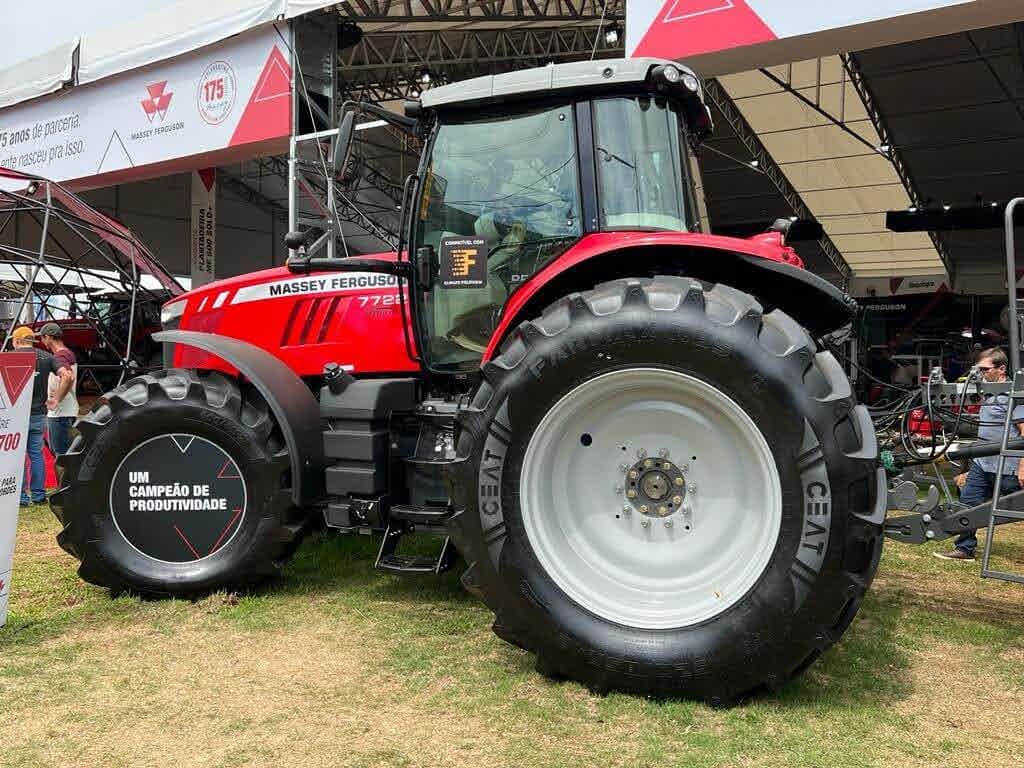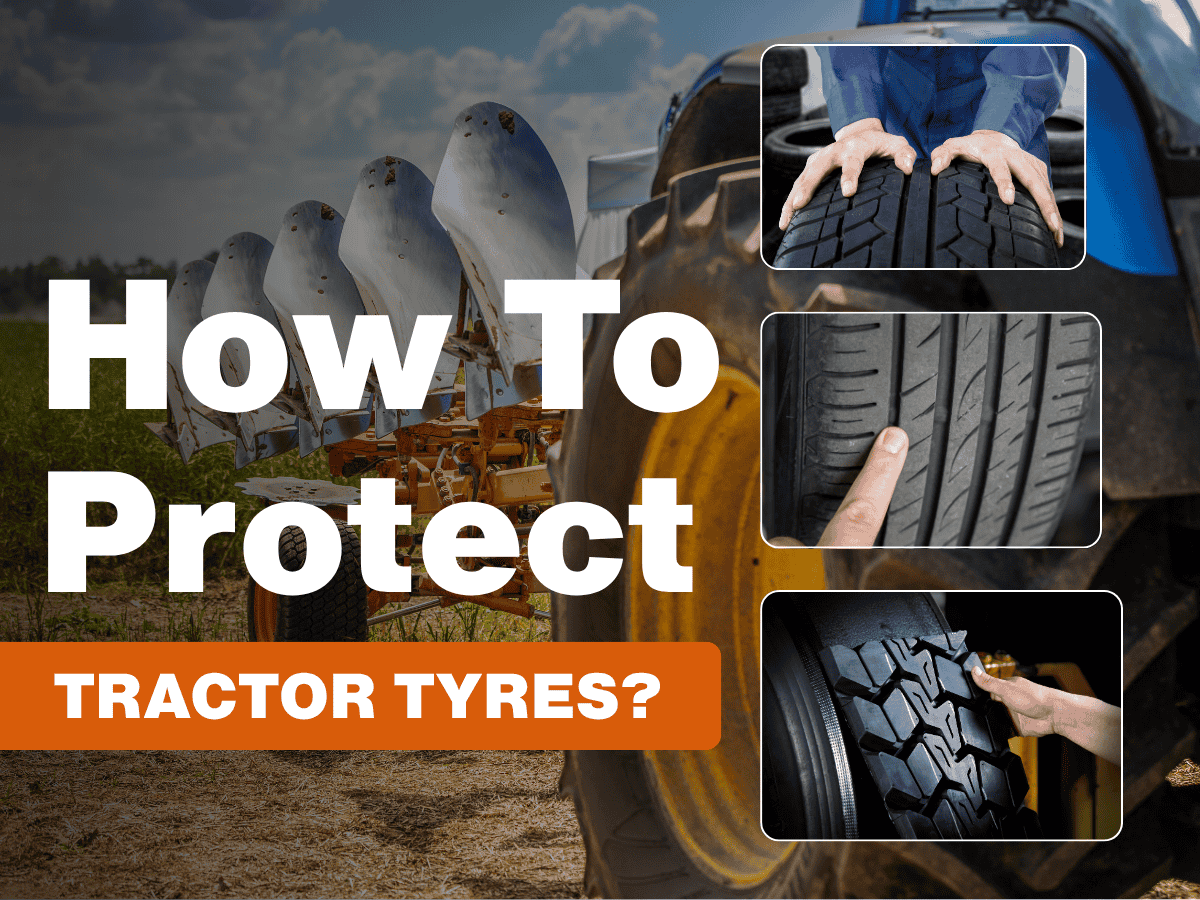ceat-speciality:blogs-tags/all,ceat-speciality:blogs-tags/tyre-care
How worn tractor tyres can cut your tractor’s productivity
Thu, 9 Jun 2022 | PRODUCTS
If your tractor’s tyres have less than 10% of their original tread remaining, the performance of your tractor will be compromised in multiple ways. To ensure the best timing for your investment in new tractor tyres, read on to remind yourself of the effects of worn tractor tyres on productivity before you begin looking for replacements by sifting through tractor tyres’ price lists or searching the internet for ‘tractor tyres for sale’ or ‘tractor tyres near me’.
A new set of tractor tyres with a full depth of tread provides the best possible conversion, via the engine and transmission of your tractor, of fuel and power into productive work. That’s particularly true on heavy draft tasks requiring all of a tractor’s pulling power, such as primary tillage operations including ploughing and subsoiling, where the tractor is working on soil that has been unmoved for some time. For every 10% worn from the original full depth of a tractor tyre’s tread, the tractor will be able to push against 10% less ground. This, by a corresponding amount, reduces its ability to convert fuel to power with maximum efficiency.
The same holds true during secondary cultivations and crop establishment when working on soil that has already been moved, requiring the tractor to bite into the loose surface. Here, the potential for excessive wheelslip will be increased for every 10% reduction in tread depth, with a corresponding 10% reduction in the amount of work that can be achieved in an hour. In addition to this reduction in productivity, there will be higher potential for soil damage caused by smearing as the tyres slip against the soil, with the possibility of reduced productivity not only from the tractor and implement, but also from the crop that follows the field operation.
The issue of losses in traction and efficiency are less acute for tractors used largely for haulage and work where it is not necessary to pull an implement through the ground, but rather operate one on top of it – mowing or fertiliser spreading, for example. Here, there may be little noticeable loss of performance. However, as tractor tyres become gradually more worn, there are also implications not just for productivity, but also safety. When working on hilly or steep land – when harrowing or rolling permanent grassland, or applying fertiliser to it, for example – worn tractor tyres will reduce the available grip and braking efficacy, which at best will lead to more hesitant driving and reduced workrates, and at worst can compromise the safety of the tractor and the operator.
Of course, no-one would advocate unnecessary advance replacement of tractor tyres that are anywhere between 1% and 90% worn. But tractor tyres that have 10% or less of their original tread lug depth remaining will significantly compromise the performance of the engine and transmission of your tractor, and hence the ability of the machine itself to perform at its most productive. Once the tread is at 10% of its original height/depth, you should start planning for replacement.
Worn tractor tyres can therefore have a significant effect on tractor productivity and efficiency, as well as safety. By ensuring you make your next search for ‘tractor tyres for sale’ or ‘tractor tyres near me’ and your browsing of tractor tyres’ price lists in plenty of time before that 10% tread depth remains, you will be assured that you will always be making the most of your tractor’s abilities by having sufficient tread depth to fully exploit them.































































































































